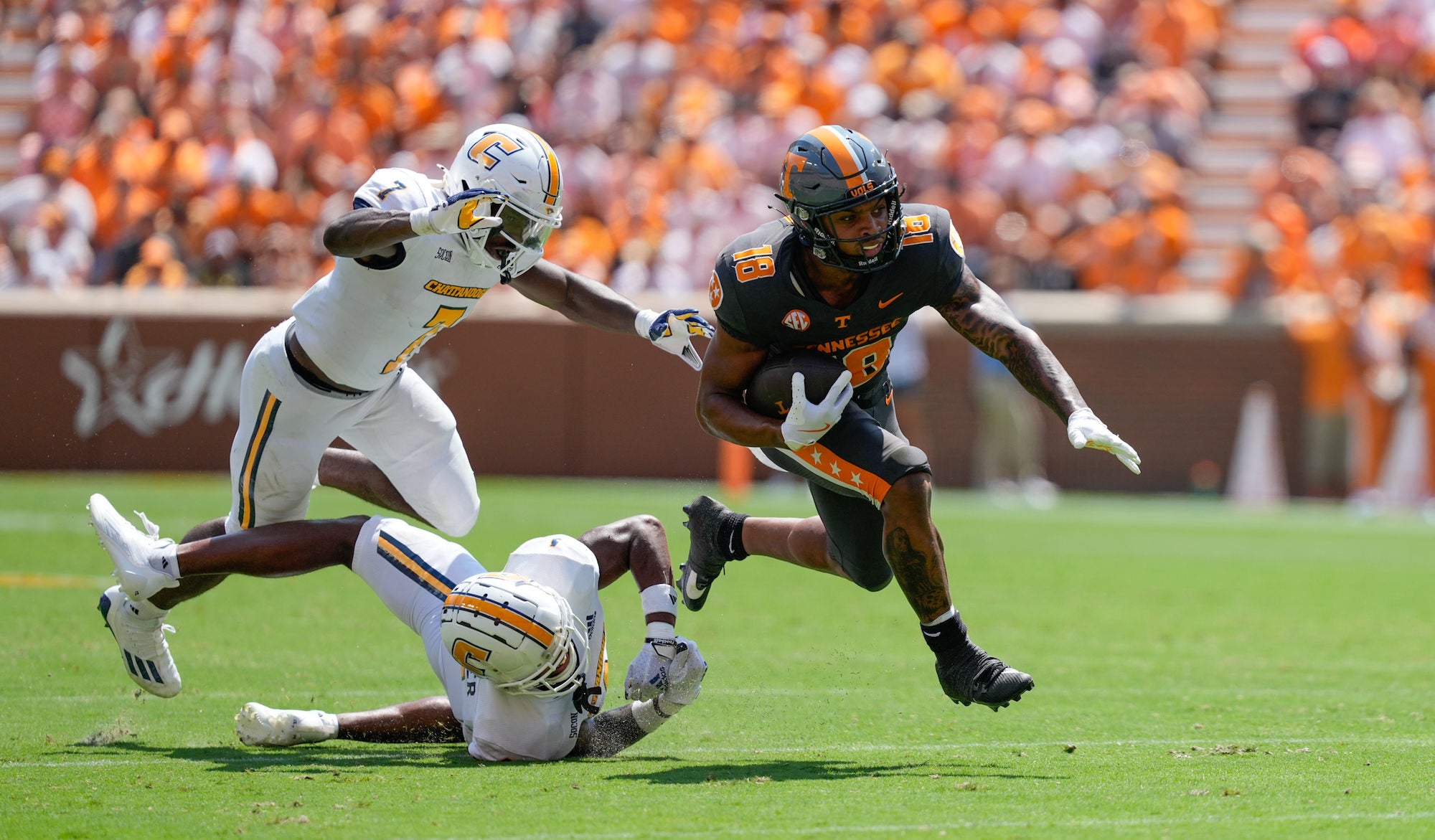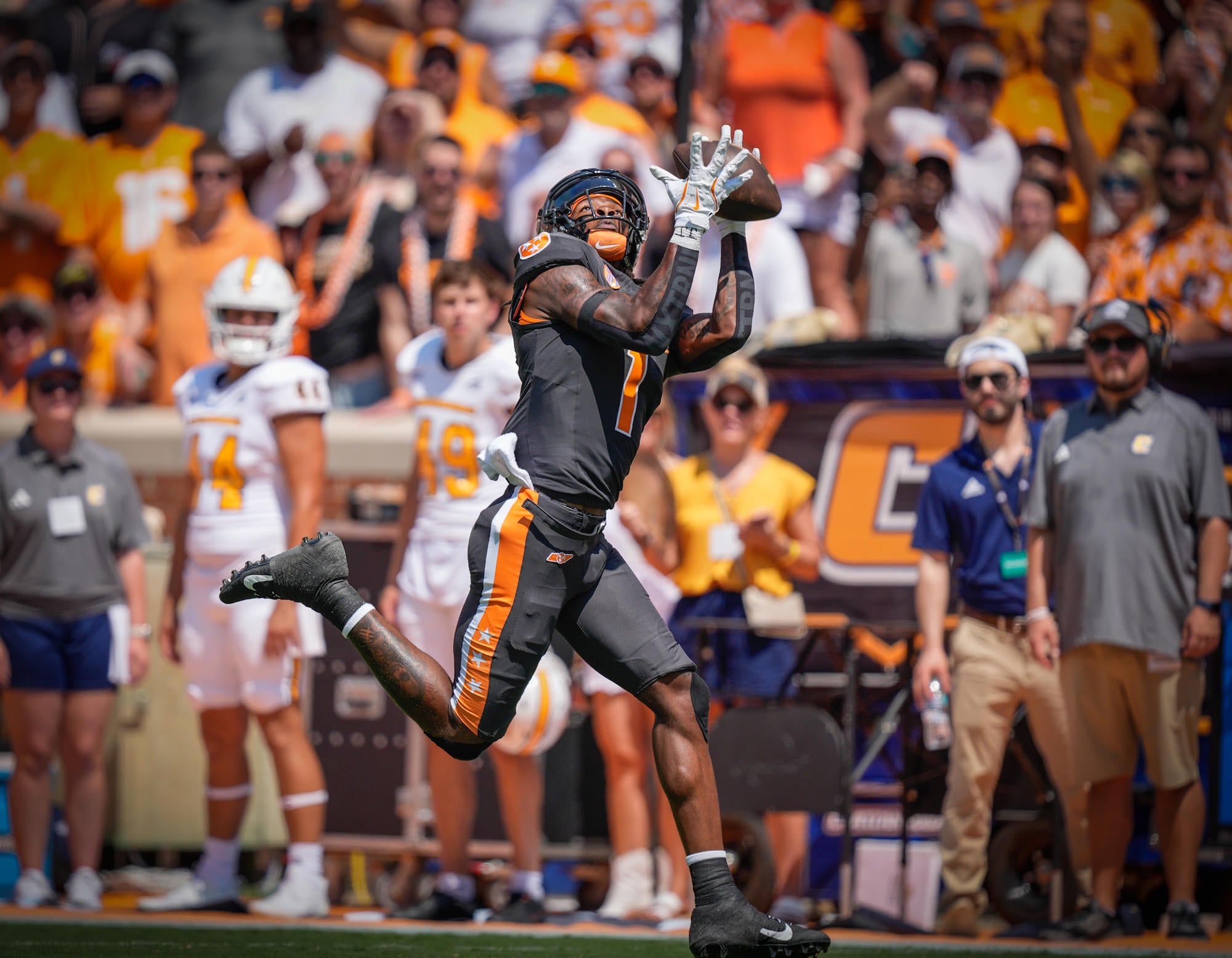Capturing the high-energy thrill of sports through photography can be an exhilarating and rewarding experience. That being said, this form of photography also poses unique challenges, especially for beginners. With the right guidance and equipment, plus plenty of practice, you can learn to freeze those action-packed moments in stunning detail. Here are some essential beginner tips to help you get started in sports photography.
With these pro tips, the right gear and a helping of dedicated practice, you can capture jaw-dropping action-packed moments in stunning detail.
1. Choose The Right Gear For Capturing Action
Your choice of camera and lens can significantly impact your sports photography. If you’re serious about the endeavor, the Sony Alpha 9 III or Sony Alpha 1, offer excellent autofocus capabilities and high frame rates, making them ideal for capturing fast-moving subjects. Veteran sports photojournalist and Sony Artisan Patrick Murphy-Racey uses both of these cameras for sports photography, along with a variety of lenses.
Depending on what sport you’re shooting and the kind of access you have will determine which lenses will work best for you. You might want to pair your camera with a versatile zoom like the Sony 70-200mm f/2.8 G Master II, or maybe a super-telephoto prime like the Sony 300mm f/2.8 G Master. Check out some more solid sports lens options in 8 Lenses For Capturing The Thrill Of Victory And The Agony Of Defeat In Sports.
Photo by Patrick Murphy-Racey. Sony Alpha 1. Sony 300mm f/2.8 G Master. 1/4000-sec., f/2.8, ISO 400
Murphy-Racey is a big fan of the Sony Alpha 9 III or Sony Alpha 1 and Sony 300mm f/2.8 G Master combination for sports, especially football. He uses the camera with a battery grip and hangs it off his shoulder with a Black Rapid Strap. “Being able to not have to use a monopod is a massive advantage when using the Sony 300mm f/2.8 G Master,” he explains. “I carry it that way for about five hours on game days and my shoulders are never tired. The speed of the AF on the new Sony 300mm f/2.8 G Master is crazy fast but also accurate too. The combination of the Sony 300mm f/2.8 G Master with any Sony Alpha sports body is amazing.” Learn more about his gear for sports action in What’s In My Bag: See This Sports Photographer’s Kit For College & Pro Football.
If you don’t want to go top tier right away as a beginner, try something like the Sony Alpha 6700 – a great APS-C option for sports photography. It’s an excellent compact camera that still allows you to take advantage of Sony’s lens lineup so you can be sure to have the focal length you need for the sports you’re photographing. It also features an AI Tracking process that includes some of the most advanced auto focus tracking features available on any Alpha camera today.
2. Master Your Camera Settings
Understanding your camera settings is crucial for successful sports photography. Here are a few key settings to focus on:
- Shutter Speed: A fast shutter speed (1/1000 second or faster) is essential to freeze motion. This is particularly important in sports where the action is rapid, such as football or basketball
- Aperture: A wide aperture (low f-stop number) allows more light into the camera and creates a shallow depth of field, helping to isolate the subject from the background
- ISO: Adjust the ISO to ensure proper exposure. In well-lit conditions, keep the ISO low (100-400). In low-light scenarios, you may need to increase the ISO, but be mindful of potential noise
3. Utilize Continuous Shooting Mode
In sports photography, moments are fleeting, and you don't want to miss the perfect shot. Activate your camera's continuous shooting mode (burst mode) to capture a series of images in quick succession. This increases your chances of capturing that perfect split-second moment of peak action.
Photo by Patrick Murphy-Racey. Sony Alpha 9 III. Sony 600mm f/4 G Master. 1/3200-sec., f/4, ISO 320
The Sony Alpha 9 III specifically features a Pre-Capture function that allows the camera to continuously record up to one second before the shutter is released, making it easy to capture those sports moments that would otherwise be missed. When selected, the Continuous Shooting Speed Boost function allows you to change to a faster, preset speed at any time during shooting. The camera also has an enhanced burst stamina with a large buffer memory and increased overall system speed that allows up to approximately 390 JPEG images to be captured in one continuous 30 fps burst. (We know, it’s like a sports photography cheat code.)
4. Focus On Autofocus
Sony Alpha cameras feature advanced autofocus systems that are invaluable for sports photography. Set your camera to continuous autofocus mode (AF-C) to maintain focus on moving subjects. Use flexible spot or zone focus areas to track your subject efficiently. Sony's Real-time Tracking and Eye AF features can also be immensely helpful for keeping athletes in sharp focus.
5. Compose Creatively
While technical settings are important, don't forget about composition. Use the rule of thirds to create dynamic and balanced images. Anticipate the action and position yourself strategically to capture compelling angles. Shooting from a low angle can add drama and emphasize the intensity of the sport.
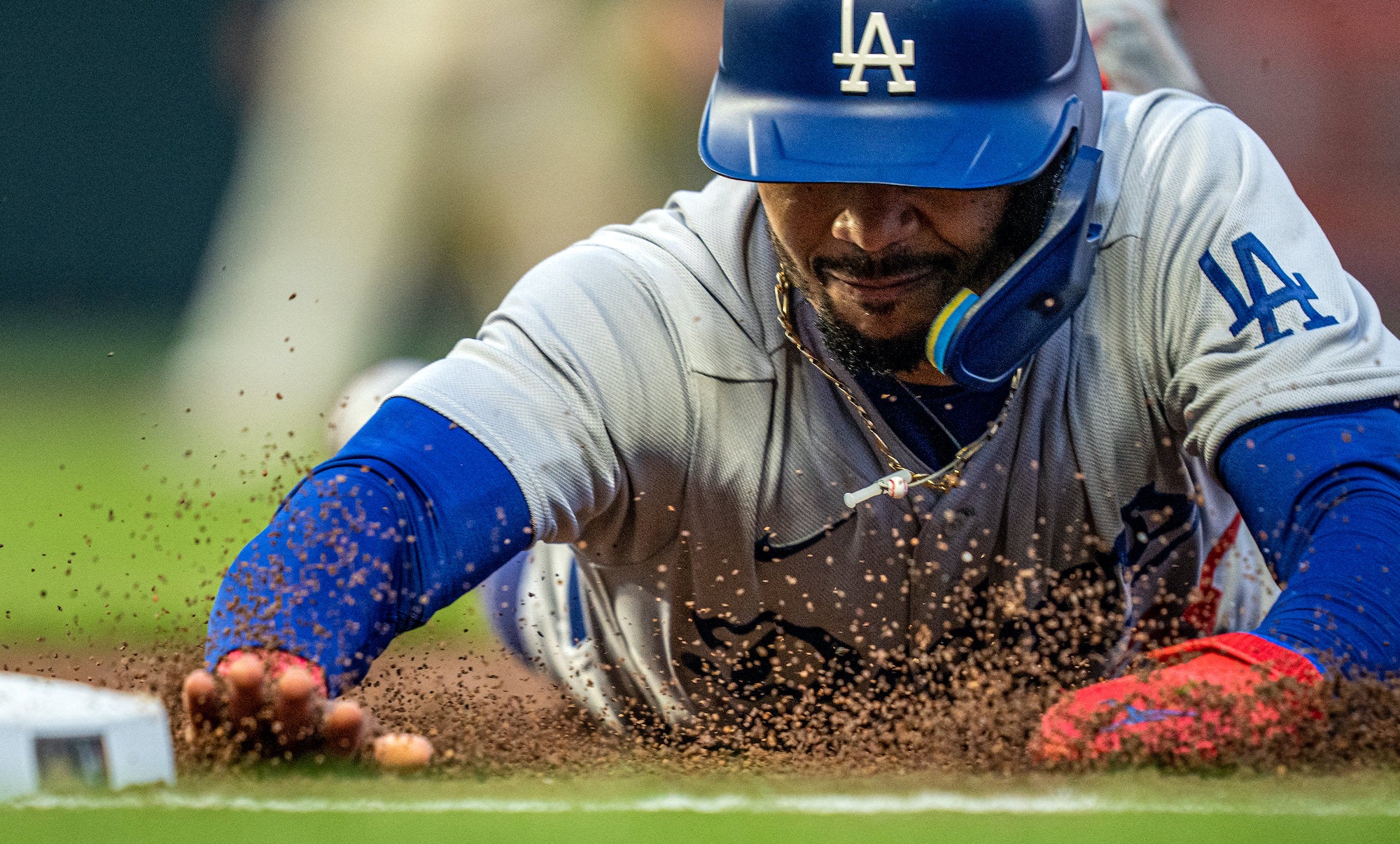
Photo by Jean Fruth. Sony Alpha 1. Sony 400mm f/2.8 G Master. 1/1250-sec., f/2.8, ISO 1600
6. Plan & Prepare
Familiarize yourself with the sport you're photographing. Understand key moments, player movements, and potential shooting opportunities. Arrive early to scout the location and find the best vantage points. If possible, get a press pass for closer access to the action. Professional sports photographer and Sony Artisan Jean Fruth’s images are emotive and action-packed, and she knows how to set herself up for success. “I start off by having a plan before I arrive at the venue, then I work my plan,” she explains. “I always have a checklist, written down or in my mind. Planning out when I will make each of the images I am envisioning is essential, so that I am organized and have the best chance of accomplishing my goal.”
Sports games are action-packed and full of fleeting moments, so Jean thinks through the best times to make the images she wants to create. “When is the best time to make each of these images I would like to create? If it’s the wide scene-setting image, maybe it’s during the game when there are more fans, or maybe I am waiting for pretty light. For details, I might go tight in for a change of scale and get those done pre-game so they are ‘in the can’.”
This rings true for each aspect of the game. Jean starts early with pre-game and carries through to the end of the game. Even for the images she makes that are full of emotion, Jean has thought about the best way to capture that moment. “I am even planning how I will shoot the end of the game. Is it a celebration picture I want to capture? A certain player? Where should my position be? What lens should I use? Planning, planning, planning.” Read more about Fruth’s approach to sports photography in This Pro Sports Photographer & Alpha Female Is A Master Of Storytelling.
7. Practice & Patience
Sports photography requires practice and patience. The more you shoot, the better you'll become at anticipating moments and reacting quickly. Review your images and learn from your mistakes. Pay attention to what works and what doesn’t, and continually refine your skills. Sports photographer Krystina Brown started out as a hobbyist before turning it into a career – and now women's professional basketball and soccer being some of her favorites to capture. See more of her work in What’s In My Bag: A Double Camera & Lens Kit For Live Music & Sports Action.
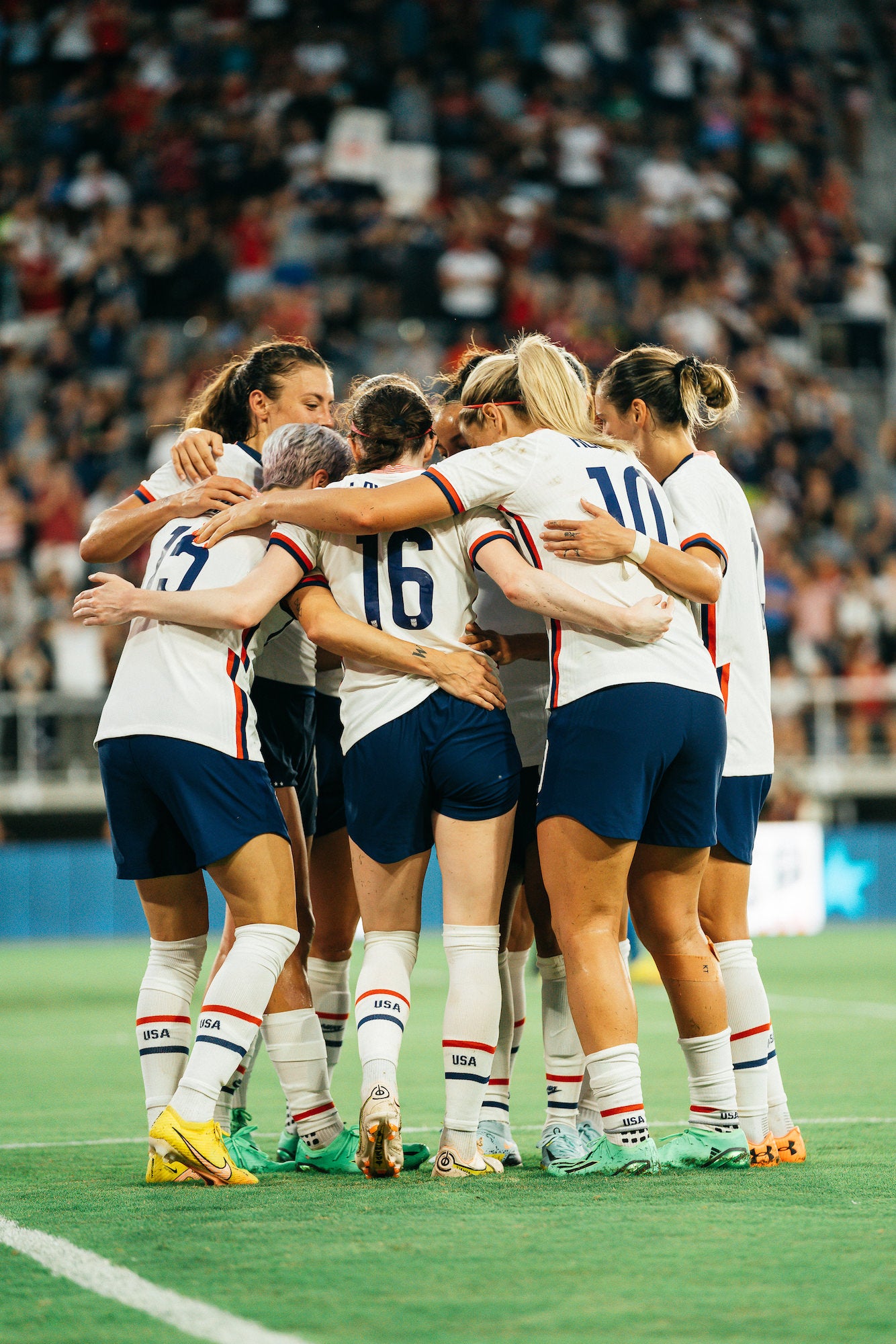
Photo by Krystina Brown. Sony Alpha 7R III. Sony 70-200mm f/2.8 G Master. 1/640-sec., f/2.8, ISO 800
8. Use The Right Accessories
Enhance your sports photography experience with the right accessories. A monopod can provide stability without sacrificing mobility, essential for following fast-moving action. A solid sports photography camera strap with padding and quick releases can also be a game-changer. Extra batteries and memory cards are a must, and consider using a lens hood to reduce glare and protect your lens.
While this certainly isn’t a beginners sports photography device, if you’re gear nerds like us you might want to know more about the Sony Portable Data Transmitter (PDT-FP1) anyway. This cutting-edge accessory allows you to transmit your images instantly from the game you’re shooting. You can connect and upload images in real-time from the field! Pretty cool stuff and something to keep in mind. Learn more about it in This New Device Is A Boon For Sports & Photojournalism.
9. Edit & Crop Thoughtfully
Post-processing can elevate your images from good to great. Use software like Adobe Lightroom to adjust exposure, contrast and sharpness. Cropping can help you fine-tune your composition and remove distractions. However, aim to get the best possible shot in-camera to minimize the need for extensive editing.
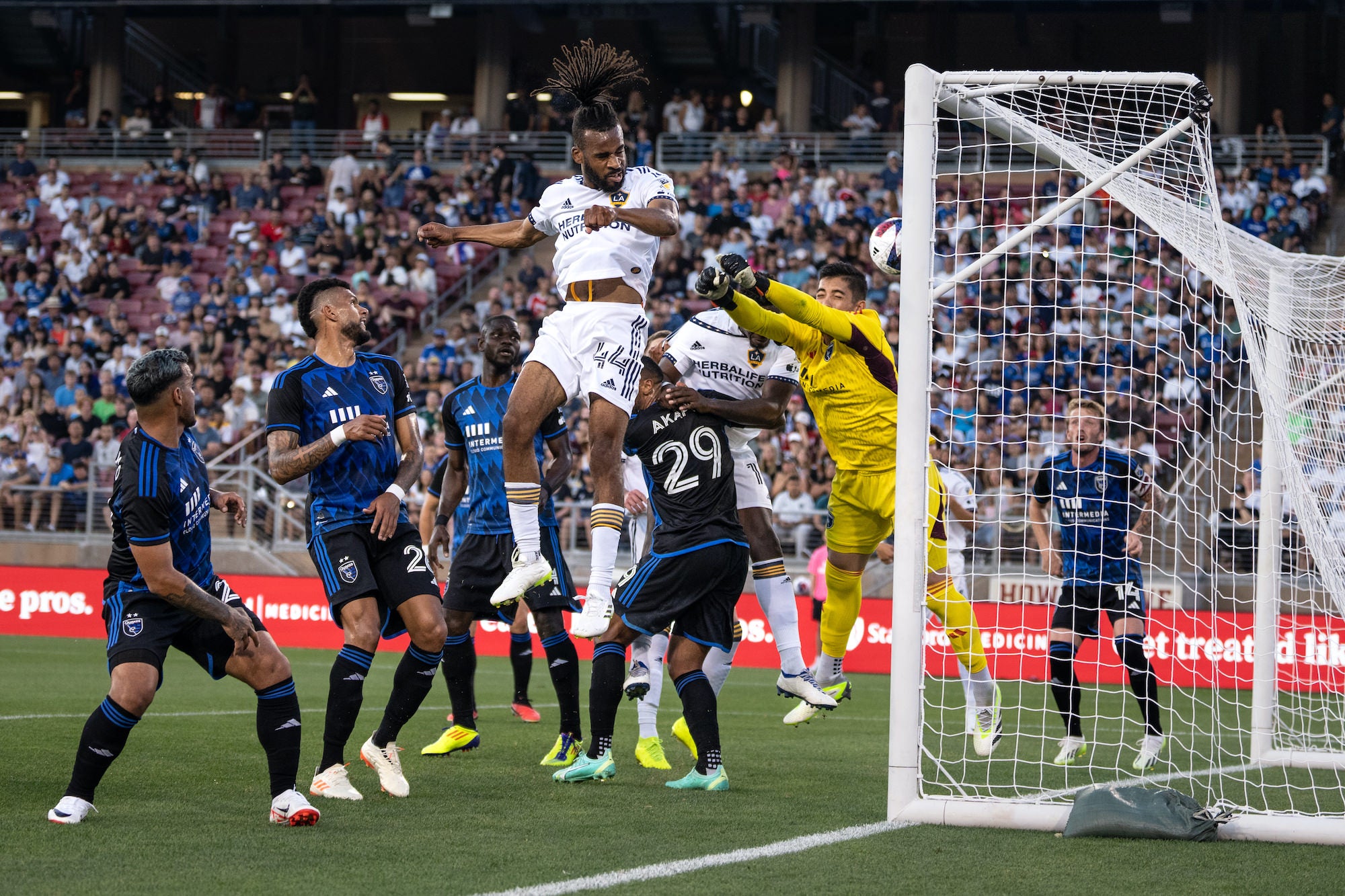
Photo by Jean Fruth. Sony Alpha 1. Sony 70-200mm f/2.8 G Master II. 1/1250-sec., f/2.8, ISO 1000
10. Be Respectful
Finally, always prioritize safety and respect the athletes and other spectators. Be aware of your surroundings and avoid obstructing the view of others. Follow any guidelines or rules set by the venue or event organizers.
By following these tips and leveraging the advanced features of Sony Alpha cameras, you'll be well on your way to capturing the exhilarating world of sports photography. Remember, practice makes perfect, so get out there and start shooting. The next iconic sports moment is waiting to be captured by you.
